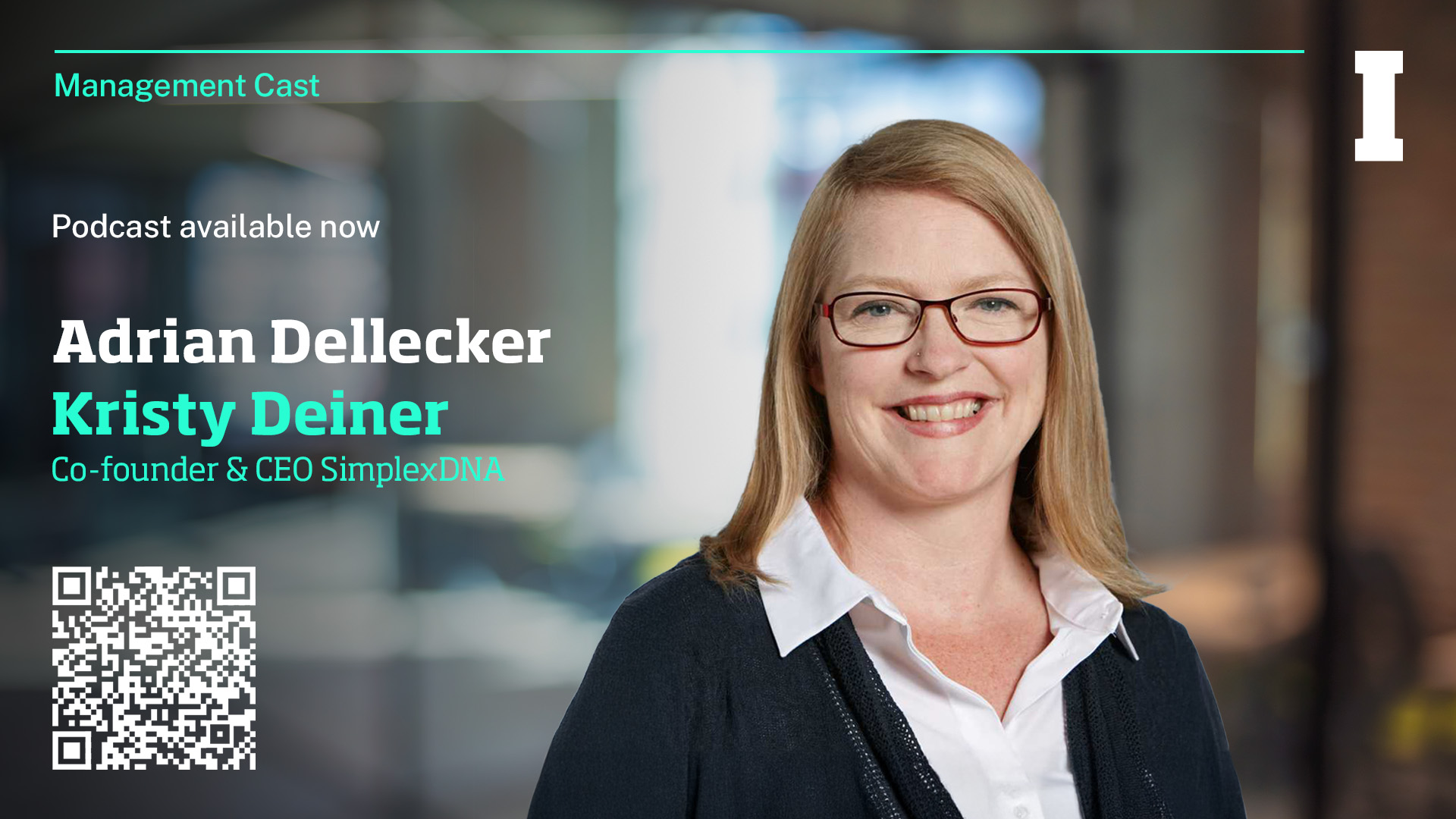
How HQs can actually add value
Executives often mock the contribution of head offices to their subsidiaries. And rightly so. Head offices remain bastions of conservatism, advocating innovation everywhere but at HQ. To add real value, the corporate center must rethink its role, to be less of a parent and more of a partner. From dozens of interviews with dissatisfied subsidiary heads (talking anonymously), this implies three key changes.
Hear to help
To contribute effectively, headquarters’ executives must first understand the business of the local operation, which means both listening and facing reality. When they fly in for visits, HQ staff typically show little appetite for the kind of unstructured contact that might yield better understanding or insight. As the head of a Thai subsidiary in a European electronics group noted, “When the senior people come, they go from the airport to a hotel to a boardroom and back out”.
To develop a more accurate picture of what’s happening on the ground, HQ staff must look beyond the “usual suspects” and talk to frontline people and customers. According to an Indian executive with experience both at HQ and as a country manager, it would help to include some slack during visits. “In an ideal visit, the presentations would be planned, but not scripted, and there would be an opportunity for HQ executives to actually wander around and talk to people, to see the reality”.
Think client
To add value, HQ must curb its “supply-side mentality” and put the subsidiary’s needs at the top of the agenda. The Brazil country manager of a U.S. FMCG company reported a particularly productive relationship with his HQ. Comparing his current company with previous employers, he stressed the importance of clarifying who takes the lead in driving the business. “In our case, it’s quite clear that the affiliate is the entrepreneur and the corporate head office staff are the consultants who are here to support us…. The moment that you get experts coming out from the corporate headquarters telling you what to do, then that becomes very frustrating.”
HQ advice is more likely to be taken on board if it is delivered in a way that shows respect for and supports the receiver. Consider the testimony of an Australian subsidiary manager. Contrasting her experience with helpful and less helpful senior visitors, she commented: “The more they try to listen rather than preach, the more value they can add. I think their role should be more like a sparring partner than a teacher… someone with whom you train, with whom you exchange ideas; with whom you actually go through the thinking process.”
Relieve headaches
Besides challenging subsidiary managers and helping them develop their plans, HQ staff can actually do things for them. During visits, HQ executives can lend their weight in different ways. Rather than block the entire schedule with their own priorities, they can set some time aside to pursue the subsidiary manager’s priorities, putting their presence to practical use. The German head of government affairs and corporate communications for a U.S. healthcare group describes the ideal scenario: “Let’s say my CEO is coming, and I have full autonomy to make arrangements for him. Sometimes we need to leverage higher people from global to do what we cannot do by using up our local personnel. So maybe we can use our group CEO ranking to meet with government officials to sign a permit, to make a keynote speech, to conduct a media interview or to meet with a hospital president.”
If they make themselves available, senior HQ executives can also have an impact internally. Their presence can have a morale boosting effect; for example, when they close a workshop or recognize the achievements of local staff. Contact with top ranking executives is highly valued. According to the Ecuador subsidiary manager of a European foods giant, “Seniority counts. If you have anyone from the head office here, this is like a big moment in people’s lives”.
Overall, these recommendations demand a reversal in mindset: from pushing existing solutions to jointly identifying and removing client problems. Persistent references to head office as the “parent” are unhelpful. The parenting metaphor conveys the need for HQ to provide knowledge, resources and protection to subsidiaries, and to set expectations, standards and boundaries. But it also suggests one-way dependence,as well as implying that “HQ-knows-best”. This kind of hierarchical thinking does not reflect the way that HQ-subsidiary relations have evolved.
Networks do not require a parent, so much as a coordinator or facilitator. Trends such as reverse innovation, inpatriation and lateral communication between subsidiaries have overturned the conventional top-down flows of ideas, talent, and capabilities. In this context, the parenting metaphor drives the wrong kind of efforts and attention from HQ – encouraging dependence and passivity from the subsidiaries in the process.
Cyril Bouquet is Professor of Strategy at IMD (Lausanne, Switzerland). He will be leading a stream on innovation at IMD’s Orchestrating Winning Performance (OWP) in Lausanne from June 27th to July 1st 2016.
Jean-Louis Barsoux is a Senior Research Fellow at IMD.
A version of this article was published in Forbes.
Research Information & Knowledge Hub for additional information on IMD publications

Responsible for TIME magazine’s iconic covers, D.W. Pine explores his creative process and shares insights on how to cut through the noise and make an impact.

All organizations should have a plan to secure trust during, after (and even before) a crisis hits. Here are a host of examples, good and bad, to learn from.
Medacta Group SA is a rising star in the orthopedics market, achieving global success through innovative products and techniques, with a particular emphasis on minimally invasive techniques that bring meaningful value to its patients. With its app...

10 years of exclusive surveys reveal top supply chain strategy challenges—and how tools like AI, ML, and digital twins are reshaping the path forward.

Uncover AI use cases and opportunities with 4 clear imperatives that align data with business value. Avoid pitfalls and ask the right questions.

Explore eDNA science with Kristy Deiner on the IMD Management Cast . Learn how genetics, biodiversity, and data analytics shape conservation and the bioeconomy.

Stay ahead in a shifting global economy. Learn how to build resilient supply chains, manage currency risks, and adapt strategies for long-term business success.

The case study introduces an original way of exploring the many questions and concerns around AI adoption in business. Based on a true story, it discusses the dilemma of AI implementation through Joe, the CIO of ParcelFlow. Joe is getting ready to...

#post_excerptHannele Jakosuo-Jansson of Neste and Finnair shared key insights on board roles in CEO transitions and culture shifts with IMD’s High Performance Boards program.

This case study explores AstraPay’s journey to become a significant player, despite its latecomer status, in Indonesia’s burgeoning digital payments landscape. Launched in 2018, AstraPay had grown to serve over one million customers, but it faced ...
in I by IMD
Research Information & Knowledge Hub for additional information on IMD publications
in I by IMD
Research Information & Knowledge Hub for additional information on IMD publications
Case reference: IMD-2663 ©2025
Research Information & Knowledge Hub for additional information on IMD publications
Research Information & Knowledge Hub for additional information on IMD publications
Research Information & Knowledge Hub for additional information on IMD publications
in I by IMD
Research Information & Knowledge Hub for additional information on IMD publications
Research Information & Knowledge Hub for additional information on IMD publications
Research Information & Knowledge Hub for additional information on IMD publications
Research Information & Knowledge Hub for additional information on IMD publications
Case reference: IMD-2650 ©2025
Research Information & Knowledge Hub for additional information on IMD publications

